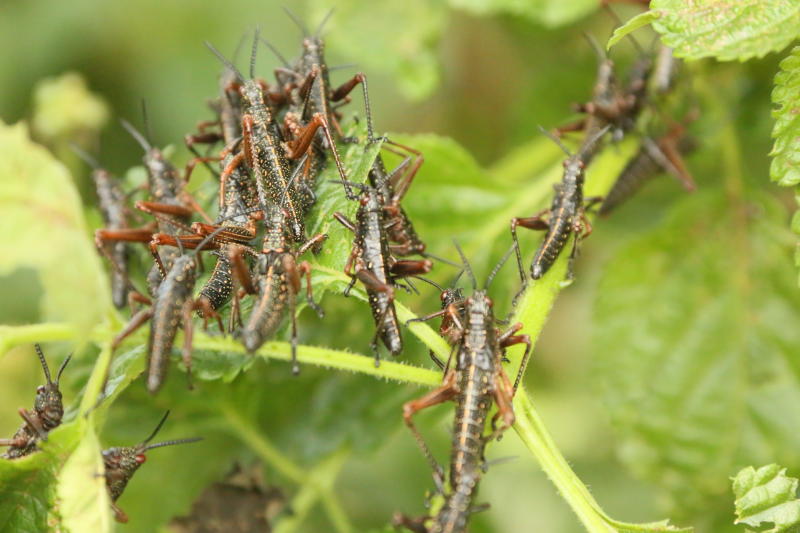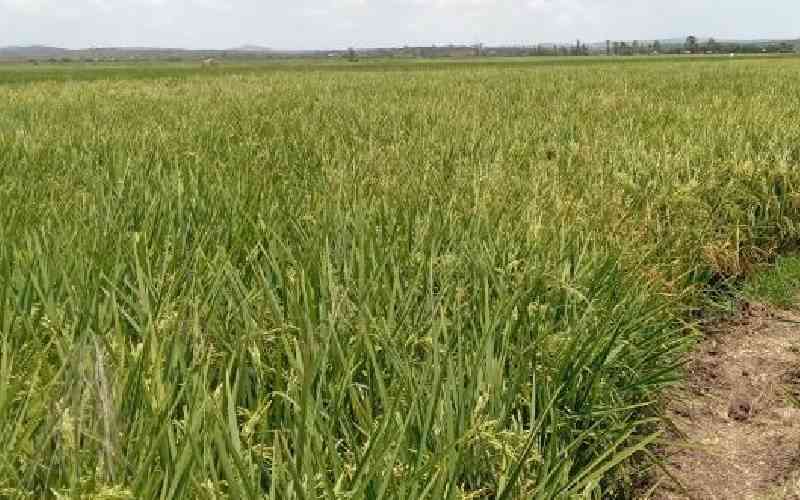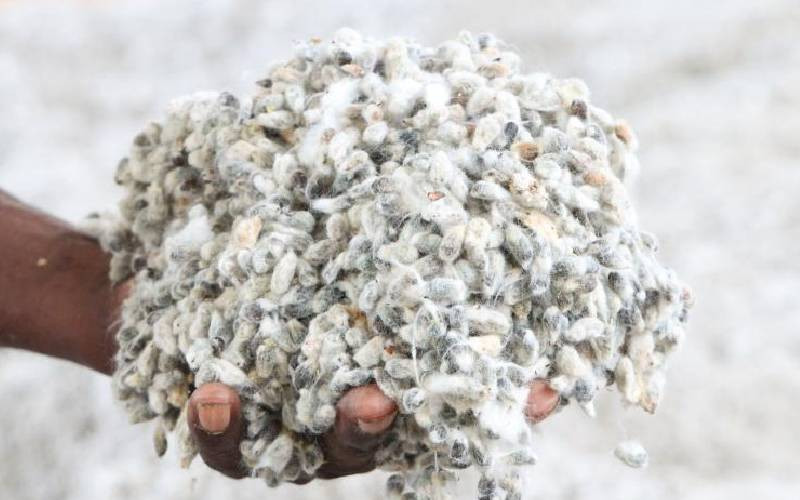
With the locust ravaging in most parts of the country, a quick solution should be found to stop the voracious pests. One of the most recommended and effective solutions is the use of aerial sprays.
When properly managed, aerial application offers speed of dispersal, accessibility to crops on which ground equipment cannot operate, and reasonable cost. In many cases, the advantages also include more timely applications and, therefore, better utilisation of pesticide materials.
To effectively utilise aerial spray, fixed-wing aircraft and helicopters can be used for finding green vegetation and locating swarms and hopper bands. Helicopters can also be used to visit remote areas, allowing the locust officer to land and make foot transects, and for operations in mountainous areas. The location to spray needs to be defined using all available information and maps. GPS coordinates of vegetation and locusts should also be properly recorded.
Before aerial spray, appropriate aircraft types should be chosen as well as the insecticide and spray coverage pattern (barrier or full cover). Calibrate the spray system on the aircraft to ensure the correct amount of insecticide is applied in the right way and in the right place. Consider the principles of Ultra-low volume (ULV) which guarantee usage of small amounts of concentrated insecticide. In locust control, about 0.5-1.0 litre/hectare is applied. The insecticide is not mixed with water or solvent. It is oil-based to prevent evaporation and usually applied ready to spray.
Ensure local inhabitants are informed about the date, time and location of control operations so that they can move their livestock, beehives and families to safety. Find the wind direction to establish a spray direction at right angles to it and demarcate the infested area. Make sure that temperature, wind and rainfall conditions are suitable and safe for the aerial control operations.
During aerial control spray, ensure all staff handling or applying insecticide use full protective clothing. Also ensure other non-spraying personnel, vehicles and equipment are away from the target area to avoid contamination by the sprayed insecticide. Start at the downwind edge of the target area and spray cross wind (at right angles to the wind direction), moving upwind after each spray pass, making sure to measure the correct track spacing using flagmen or other means. Make an extra spray pass upwind of the target area to prevent under-dosing at the upwind edge. Stop spraying if the wind drops (less than 1 m/s) or becomes very strong (more than 10 m/s) and wait for the right conditions. Stop spraying if it starts to rain or seems likely to rain soon. Stop spraying if the wind direction changes by more than 45 degrees.
After the spraying exercise, monitor and record all relevant details on the Spray Monitoring Form. This will allow for later analysis of the successes and failures of any campaigns. Empty any insecticide remaining in the aircraft spray tank back into the original insecticide container. Clean and maintain the spray system on the aircraft, and store the insecticide and the empty containers in safe places. Wash yourself and the protective clothing as soon as possible.
The success or failure of aerial pesticide application depends as much or more upon the competency and performance of the pilot than on any other single factor. He must not only be an excellent pilot, but must also have a knowledge of pests, pesticides, safety precautions, the environment, and the application equipment. The good aerial applicator has an opportunity to support and enhance the producer’s efforts and to share in his successes. The careless or haphazard applicator has an opportunity to botch the control efforts.
 The Standard Group Plc is a
multi-media organization with investments in media platforms spanning newspaper
print operations, television, radio broadcasting, digital and online services. The
Standard Group is recognized as a leading multi-media house in Kenya with a key
influence in matters of national and international interest.
The Standard Group Plc is a
multi-media organization with investments in media platforms spanning newspaper
print operations, television, radio broadcasting, digital and online services. The
Standard Group is recognized as a leading multi-media house in Kenya with a key
influence in matters of national and international interest.
 The Standard Group Plc is a
multi-media organization with investments in media platforms spanning newspaper
print operations, television, radio broadcasting, digital and online services. The
Standard Group is recognized as a leading multi-media house in Kenya with a key
influence in matters of national and international interest.
The Standard Group Plc is a
multi-media organization with investments in media platforms spanning newspaper
print operations, television, radio broadcasting, digital and online services. The
Standard Group is recognized as a leading multi-media house in Kenya with a key
influence in matters of national and international interest.










